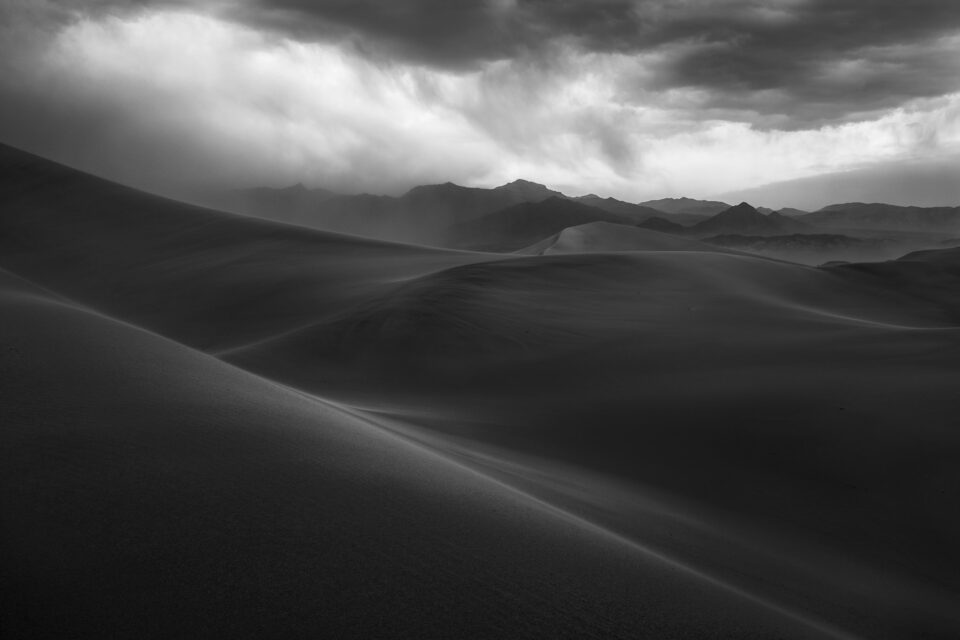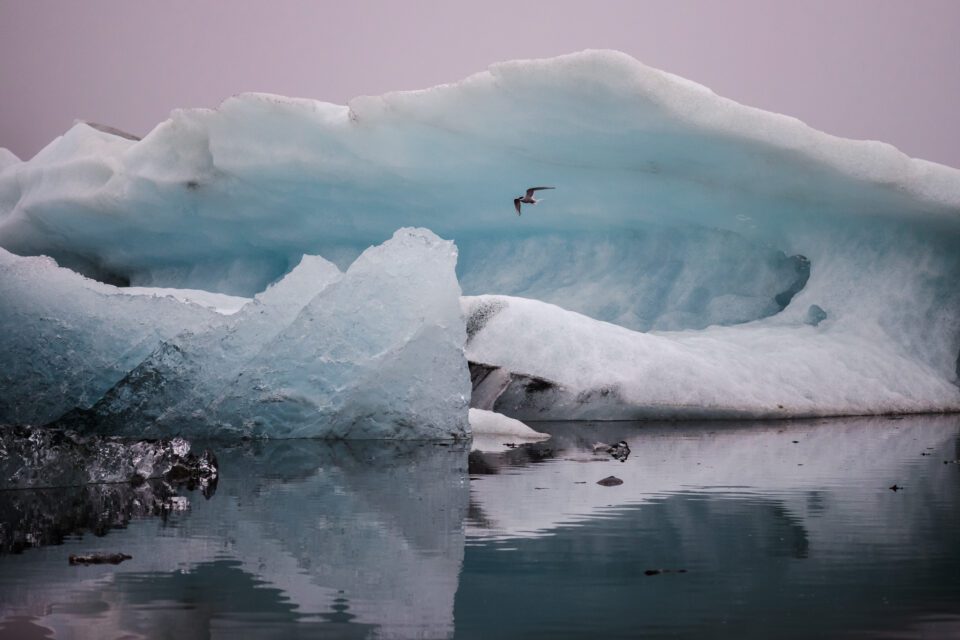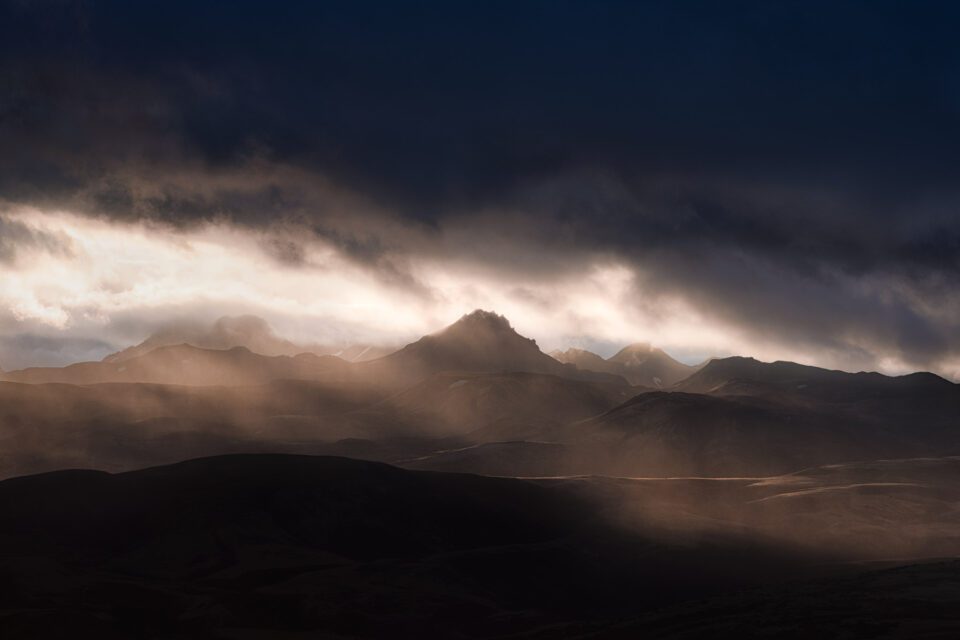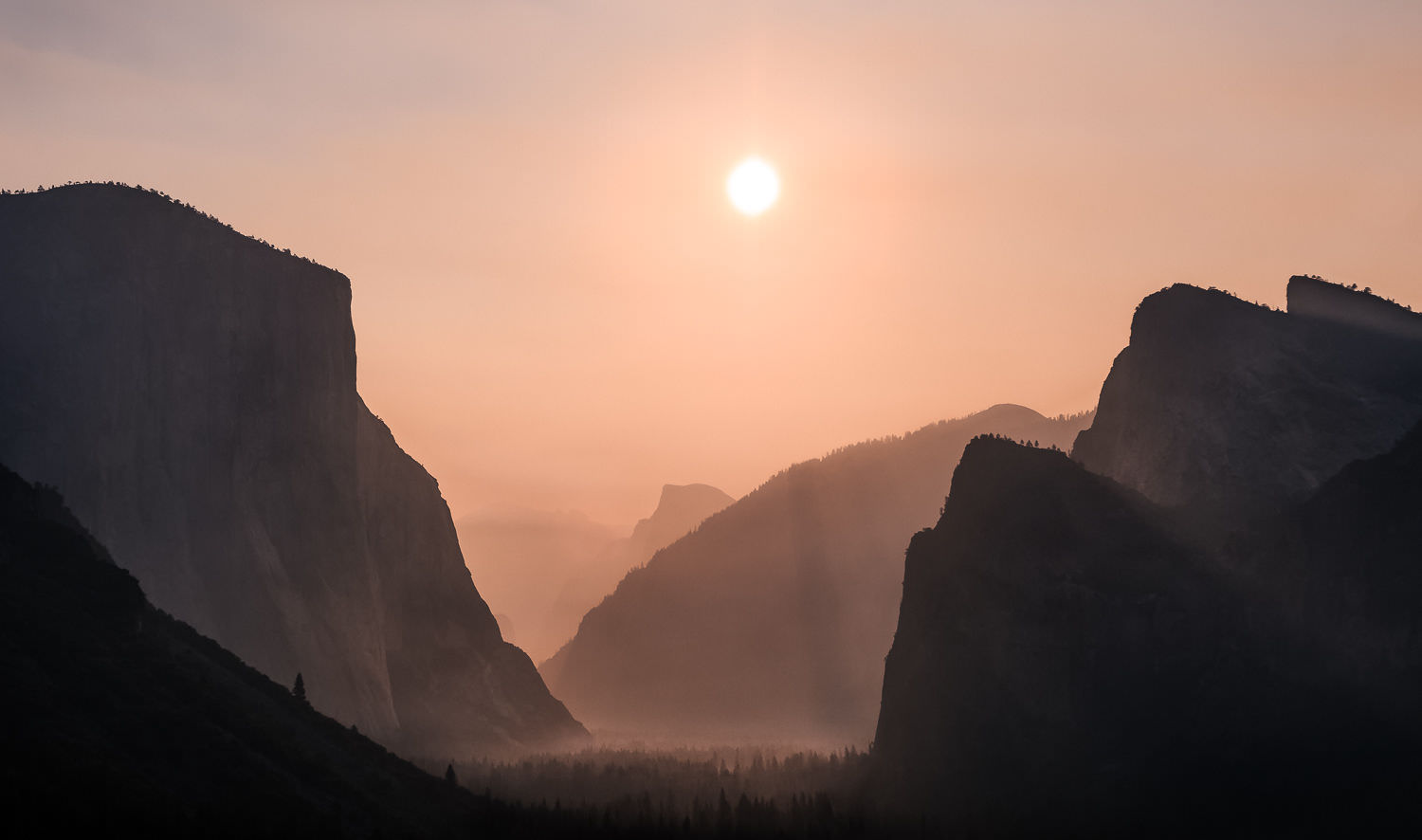15. Capture Your Subject Doing Something
A landscape photo is nice. A bird photo is nice. A portrait photo is nice.
But are any of them memorable? The photos that stick with you aren’t just nice; they tell a story.
One of the strongest photos I remember shows an orangutan holding a leaf over his head to shield himself from the rain. Keywords: “holding”, “to shield.” It’s a photo of a subject doing something.
Are you more likely to remember a photo taken of sand dunes on a nice day? Or a photo taken as a sandstorm approached and turned the atmosphere into a hazy, swirling mess of new sand dunes forming?
Capture your subject doing something, even something minor like showing a slight smile or jumping over a puddle. If it’s landscapes you like, try to capture your scene telling a story – a recent snowfall, a colorful sunrise, a bizarre cloud, and so on. Photos that tell stories will stick with you.
 NIKON D800E + 35mm f/1.8 @ 35mm, ISO 100, 1.3 seconds, f/16.0
NIKON D800E + 35mm f/1.8 @ 35mm, ISO 100, 1.3 seconds, f/16.0
A landscape photo is nice. A bird photo is nice. A portrait photo is nice.
But are any of them memorable? The photos that stick with you aren’t just nice; they tell a story.
One of the strongest photos I remember shows an orangutan holding a leaf over his head to shield himself from the rain. Keywords: “holding”, “to shield.” It’s a photo of a subject doing something.
Are you more likely to remember a photo taken of sand dunes on a nice day? Or a photo taken as a sandstorm approached and turned the atmosphere into a hazy, swirling mess of new sand dunes forming?
Capture your subject doing something, even something minor like showing a slight smile or jumping over a puddle. If it’s landscapes you like, try to capture your scene telling a story – a recent snowfall, a colorful sunrise, a bizarre cloud, and so on. Photos that tell stories will stick with you.
 NIKON D800E + 35mm f/1.8 @ 35mm, ISO 100, 1.3 seconds, f/16.0
NIKON D800E + 35mm f/1.8 @ 35mm, ISO 100, 1.3 seconds, f/16.0





تعليق